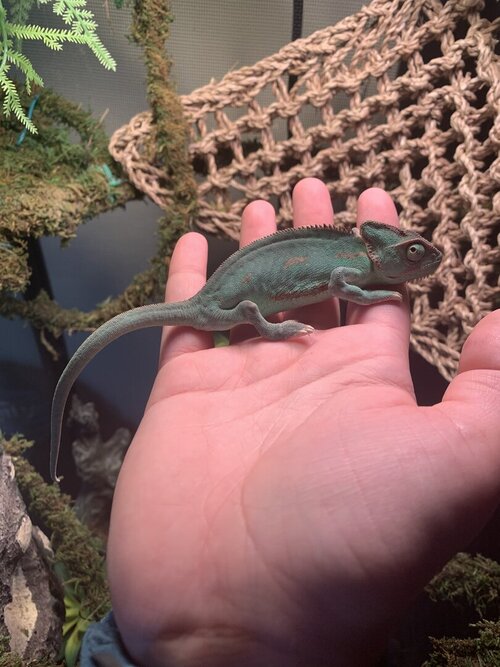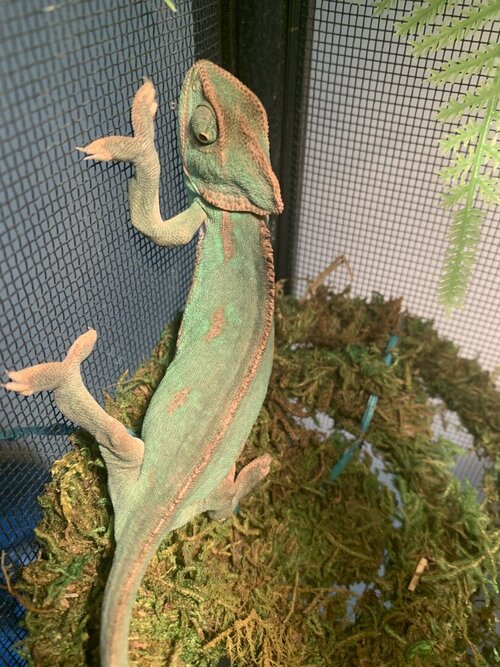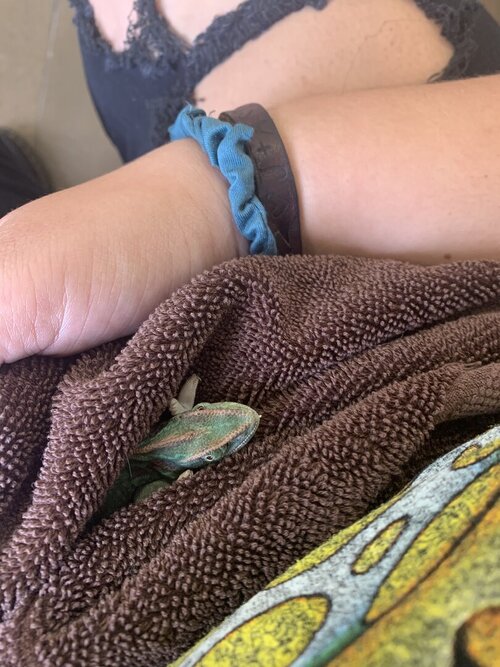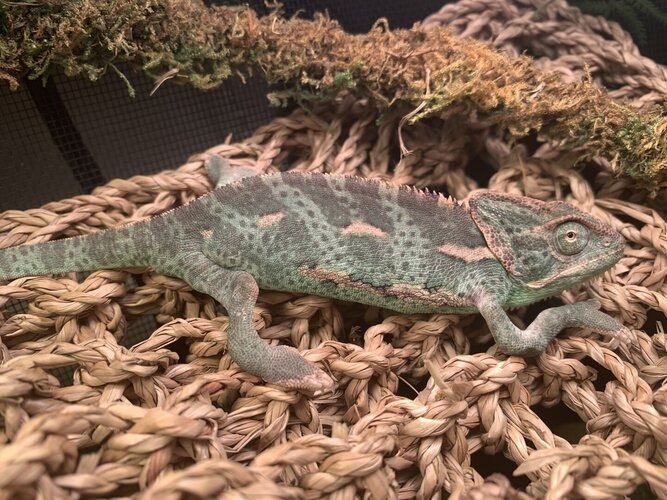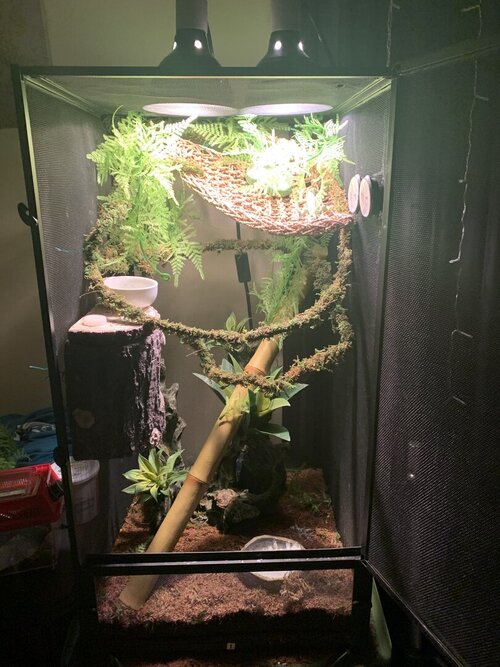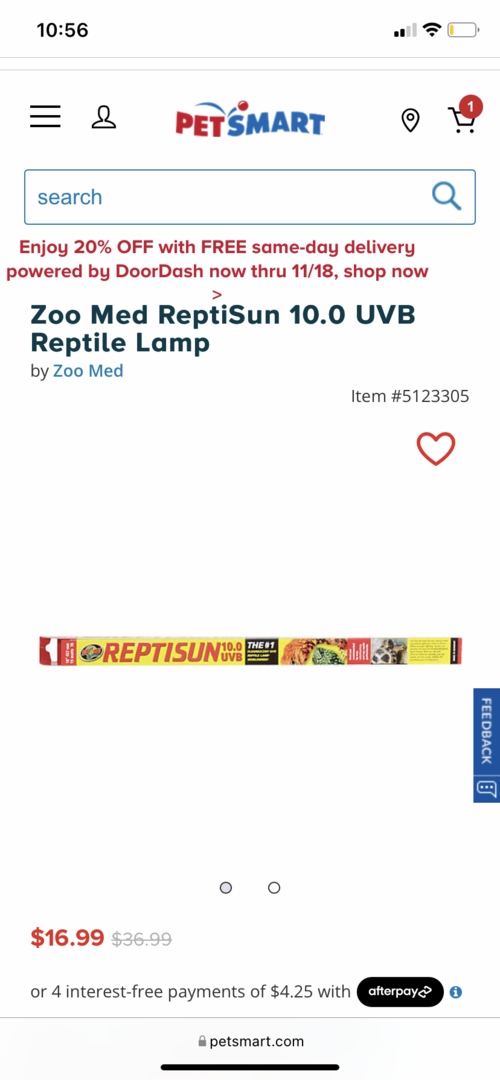Lexi_117
New Member
Hello! I have 2 veiled chameleons, both rescues. My sister & I raised the older one from a little baby up to a healthy, strong male. We just rescued a smaller veiled female from a negligent home & have had her for a couple months. I’ve noticed her health condition decreasing & she became very weak. I took her to the vet and she’s definitely showing signs of MBD. The vet gave me an extra calcium supplement to give her on top of what I’m dusting her food with and an antibiotic to help with a possible internal infection. We haven’t gotten X-rays done yet because the vet wanted to see if this medicine works for her, but sadly I’m not very confident. I can tel she is in a lot of pain considering she hardly moves and lays in the same spot for hours. Any tips and suggestions to help her would be awesome because it breaks my heart to see her living a painful life.

